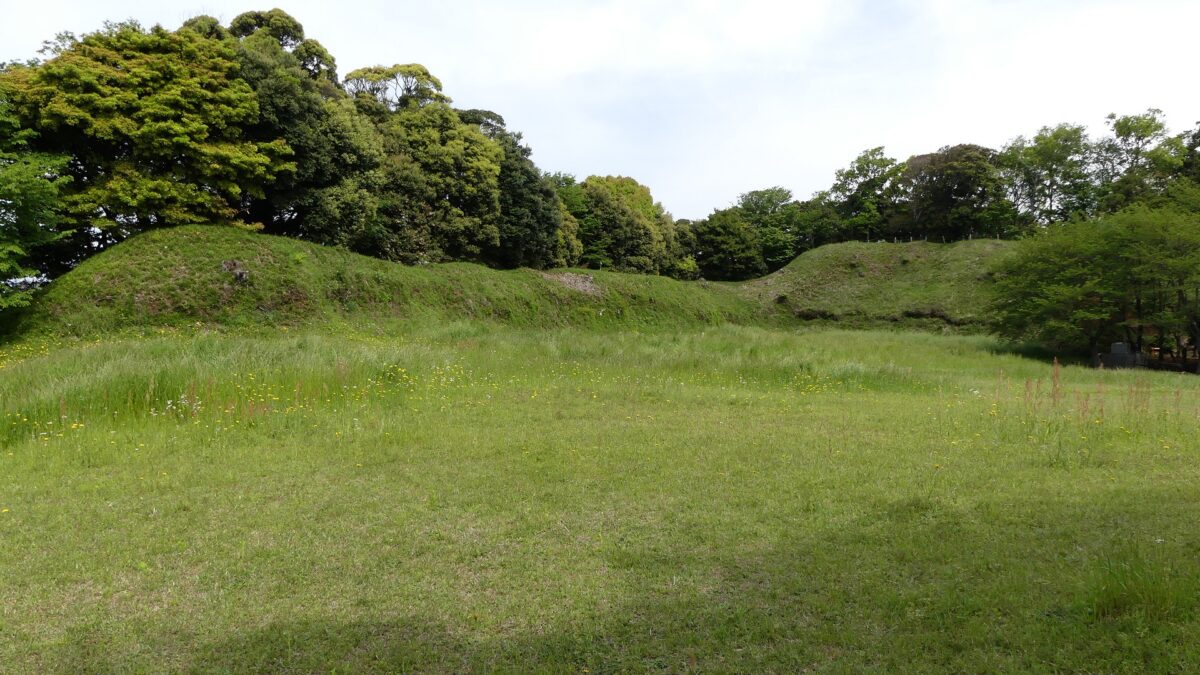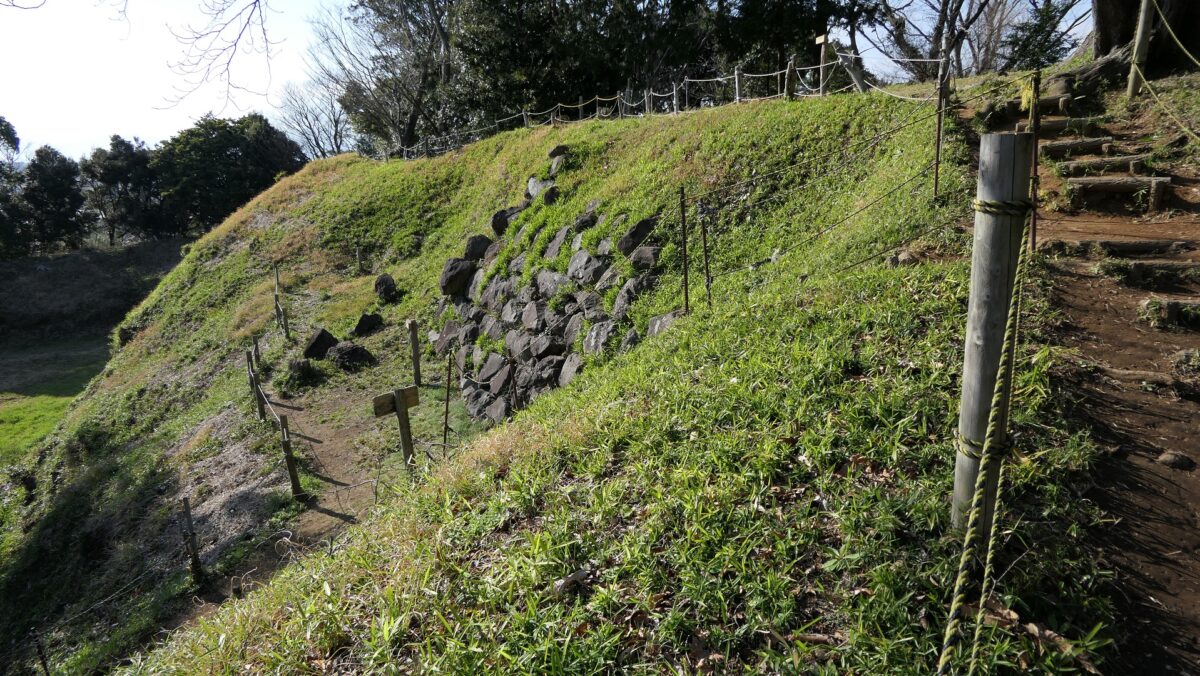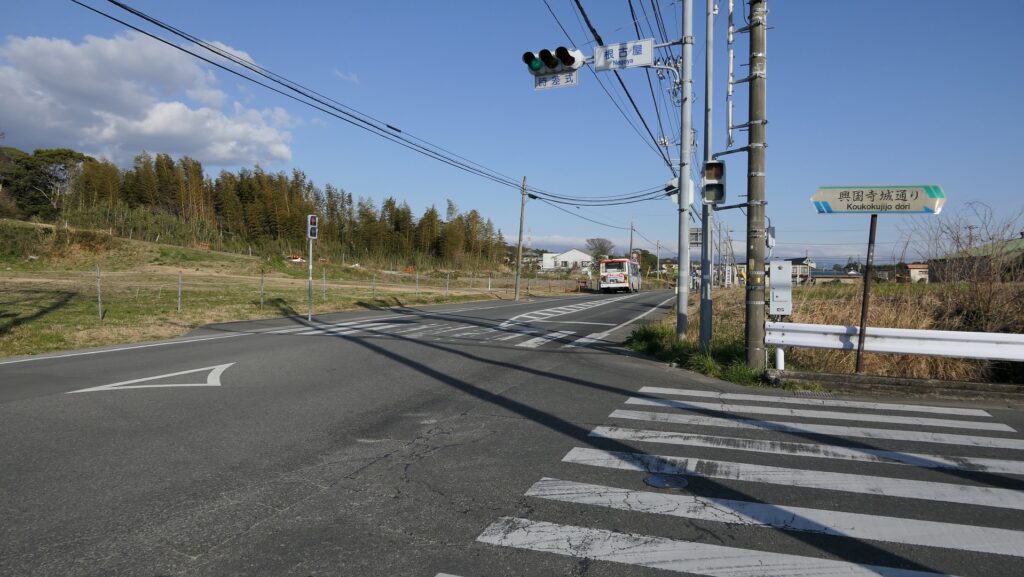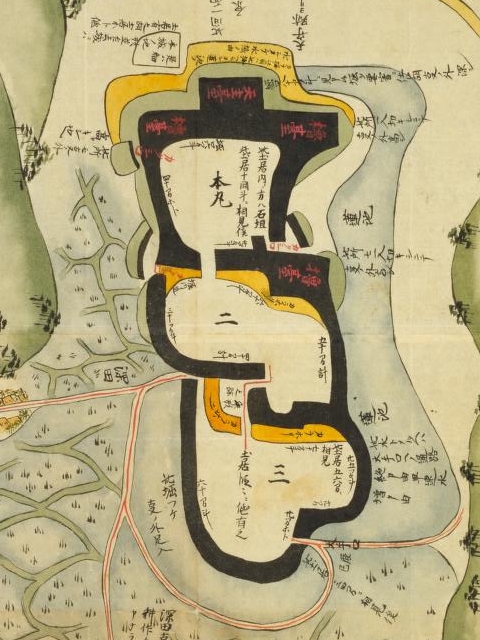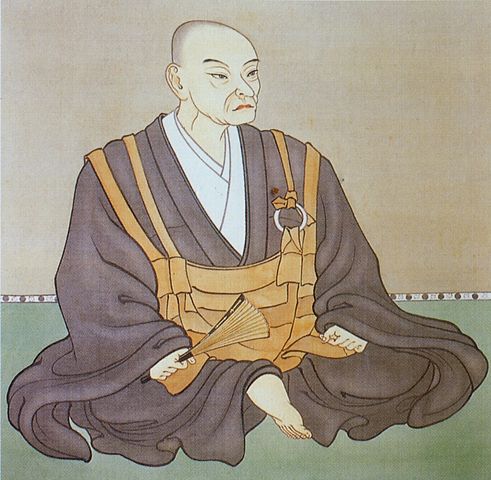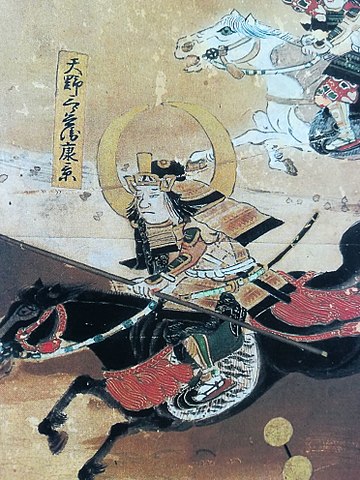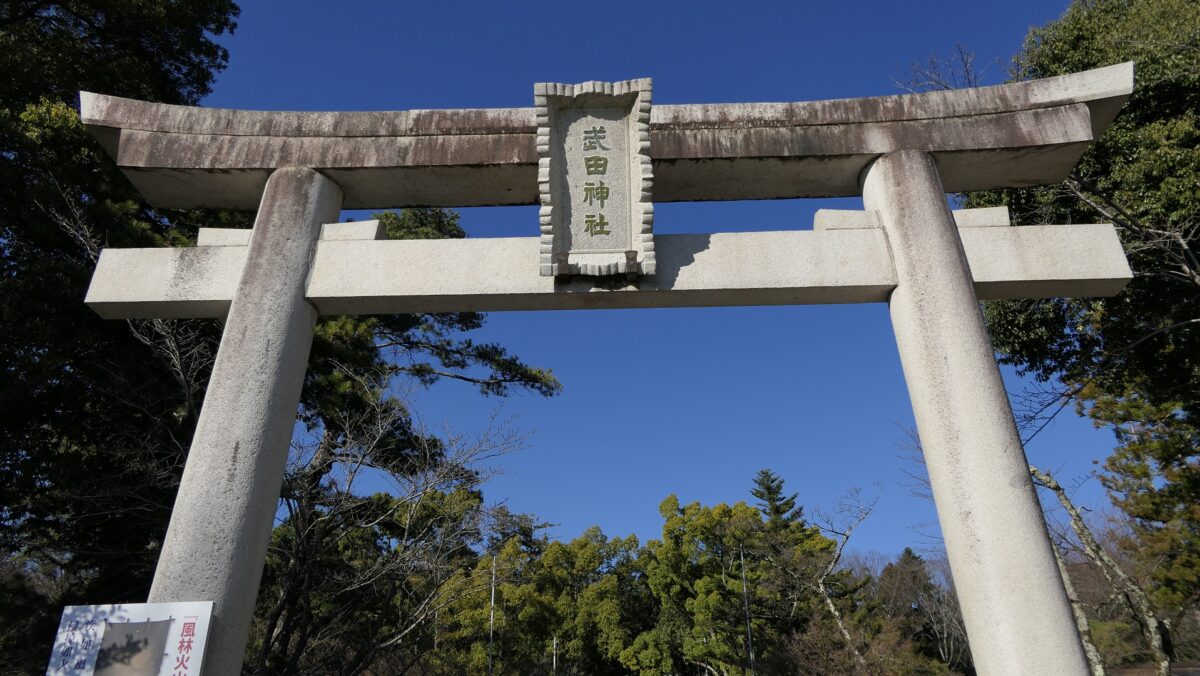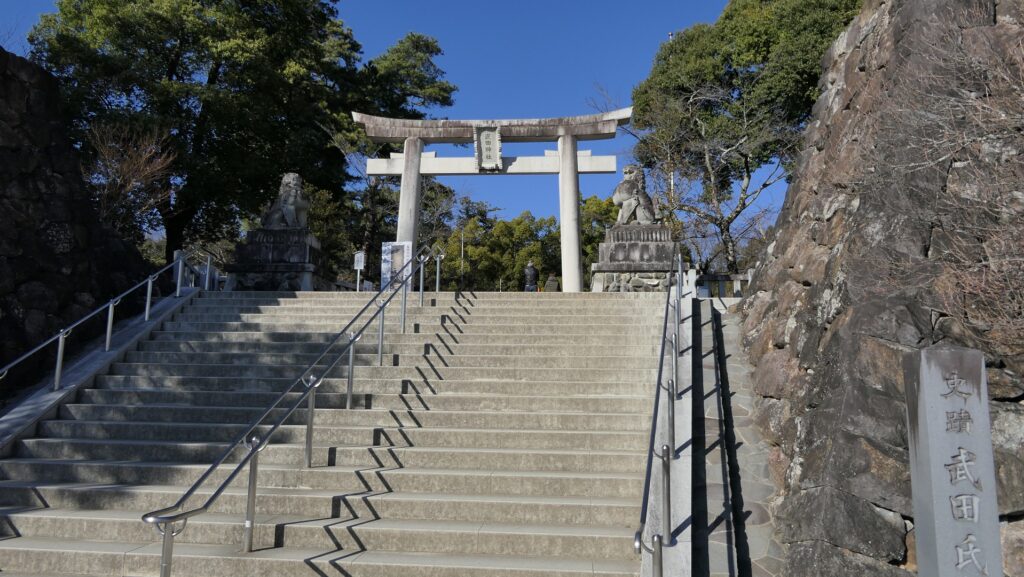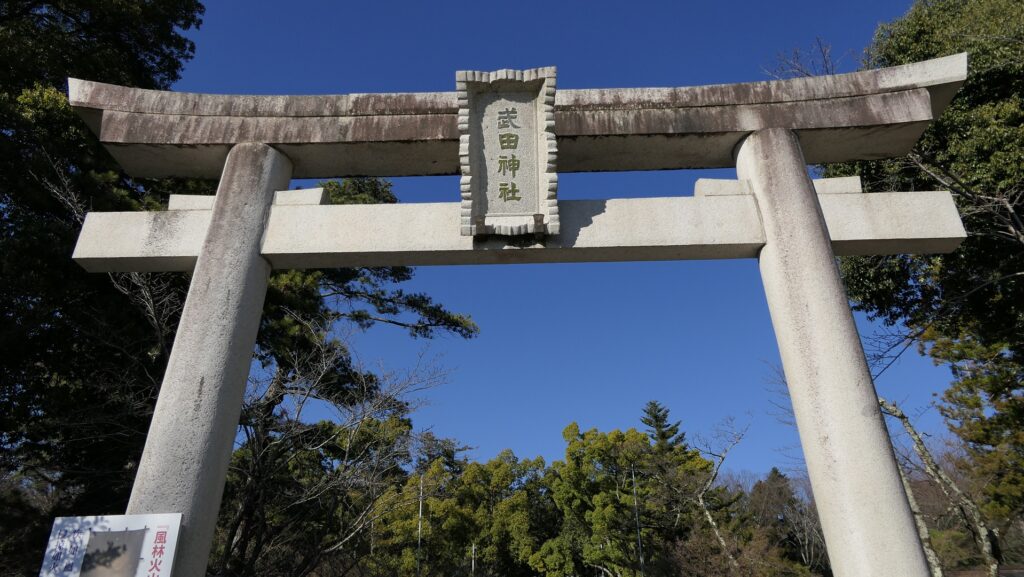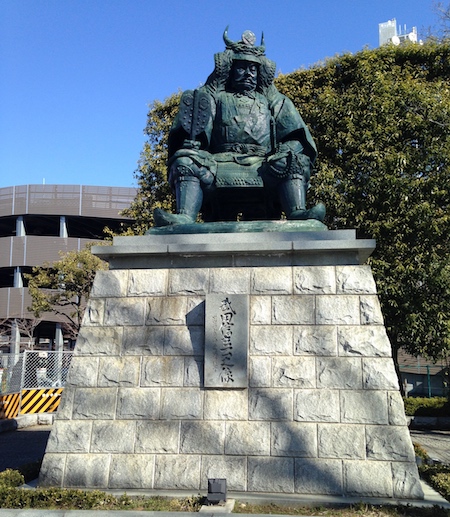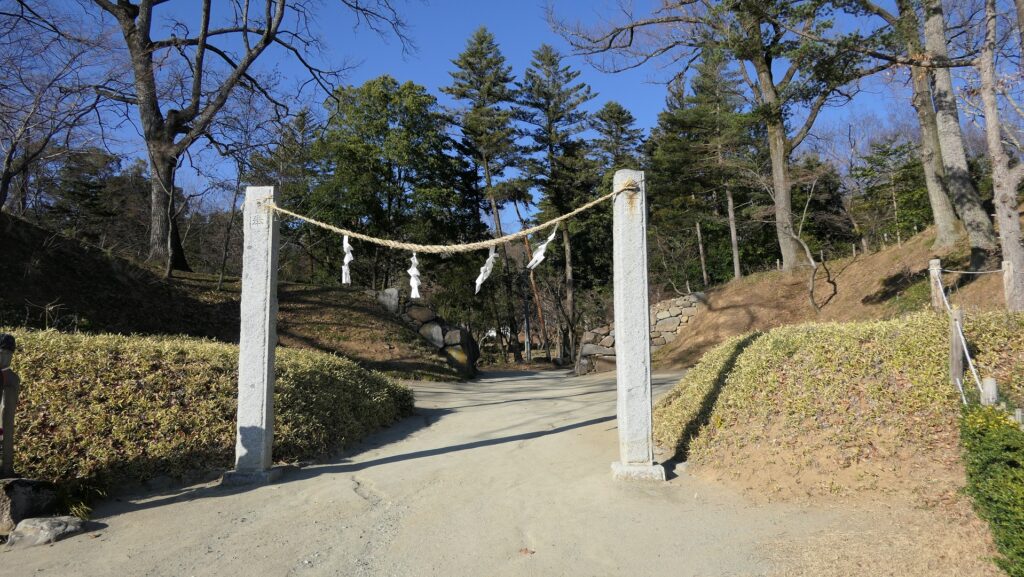Features
Going to Main Enclosure from Third Enclosure
Now, the marshland around Kokokuji Castle has been turned into the city area. Only the ruins of the castle remain. The modern Nekata Road goes through the ruins. If you visit the ruins by car, you can park at a parking lot in the Third Enclosure, the lowest one out of the three main enclosures. You can walk up from the parking lot to the top Main Enclosure along a gentle slope. The middle tier is the Second Enclosure which looks flat and empty, but it had a round-shaped moat in the past.
The aerial photo around the castle
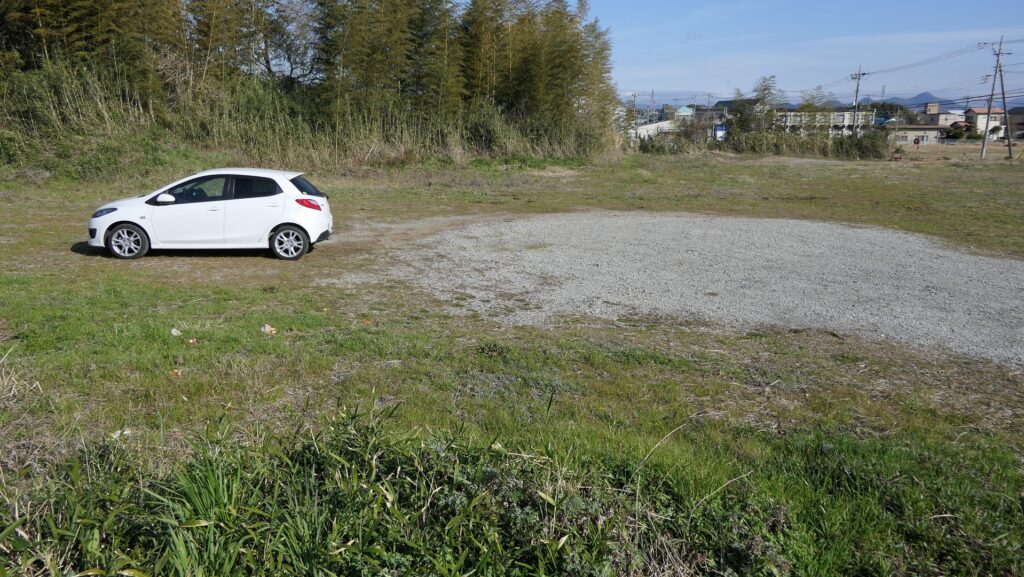
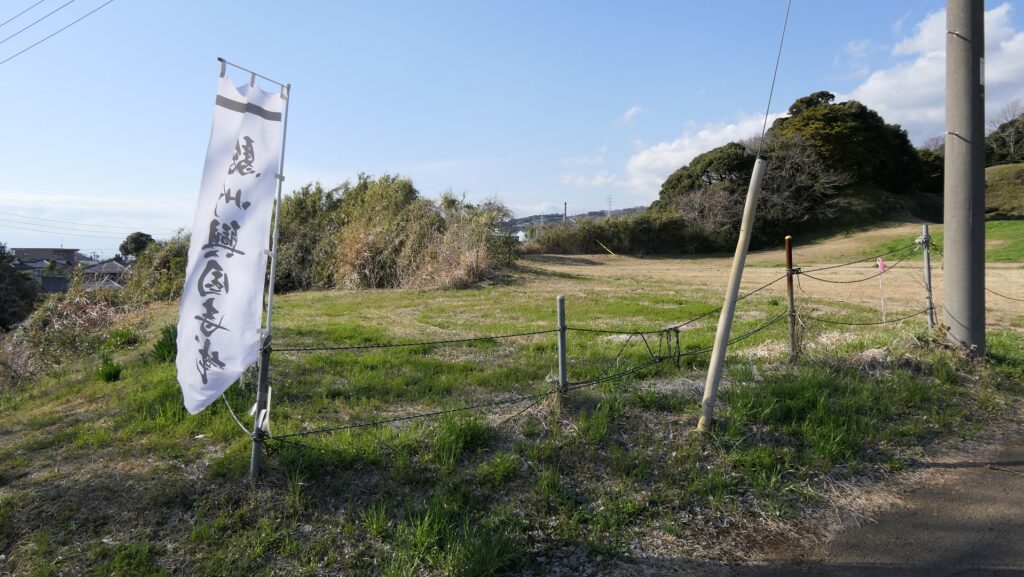
Main Enclosure and its Earthen Walls
The Main Enclosure is still surrounded by large high horseshoe-shaped earthen walls. It’s a fine sight. Inside of the enclosure, there are the monuments of Soun Hojo and Yasukage Amano, and the Homi Shrine which was founded in the Edo Period. The earthen walls on the back of the enclosure are 6m high, and you can walk up to the top by the steps. You can also see the stone walls partly built under the top. There are also foundation stones on the top which are considered the ruins of the base for the Main Tower, but it is thought that a kind of turret was there. You can see a view of the town area with Izu Pninsula on the south from the top.
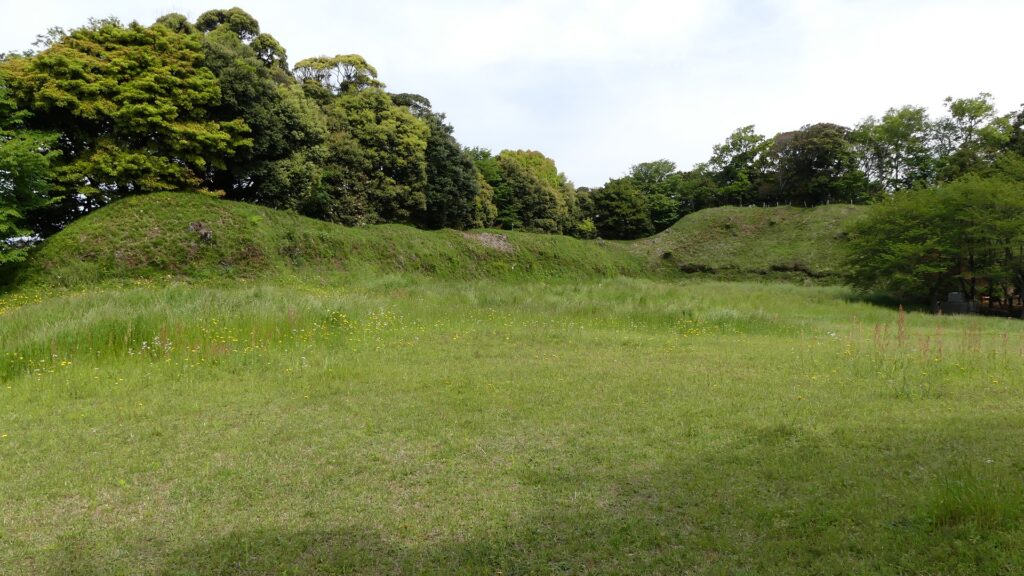
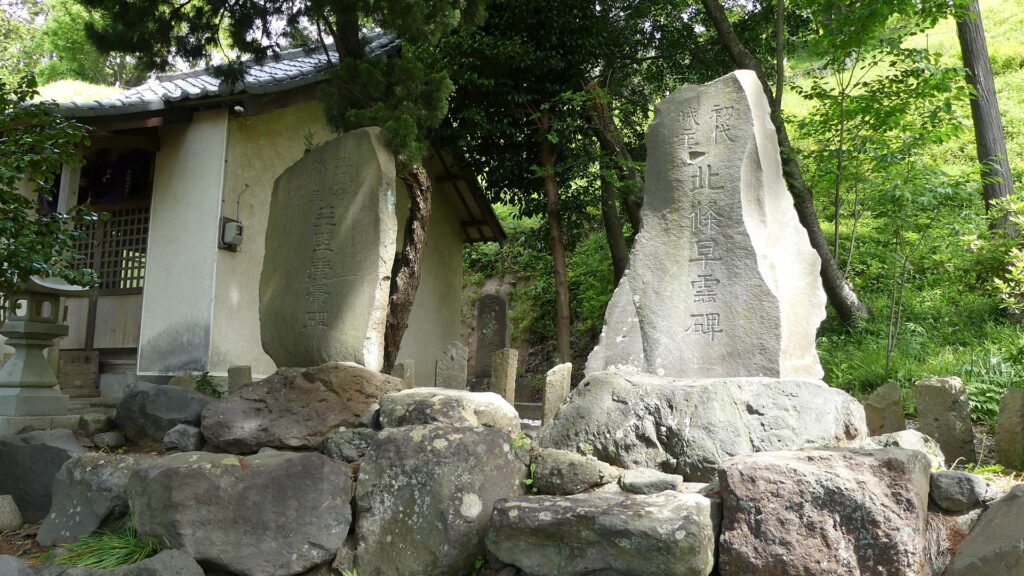
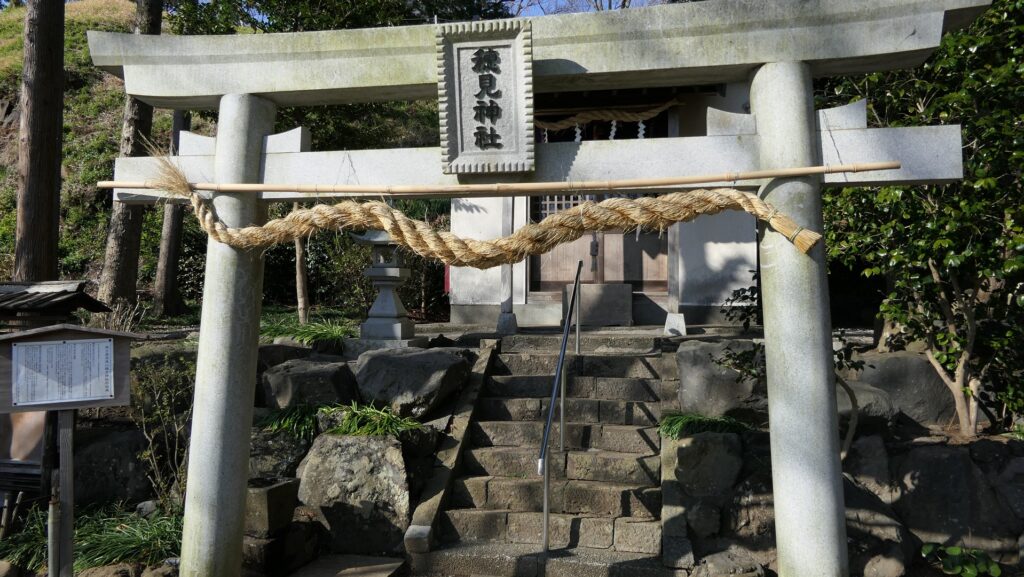

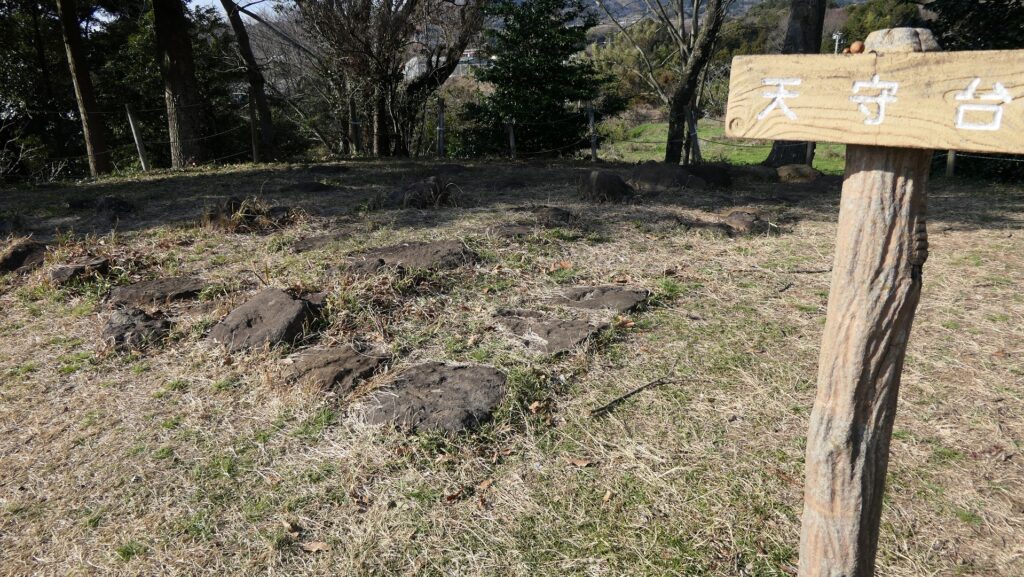
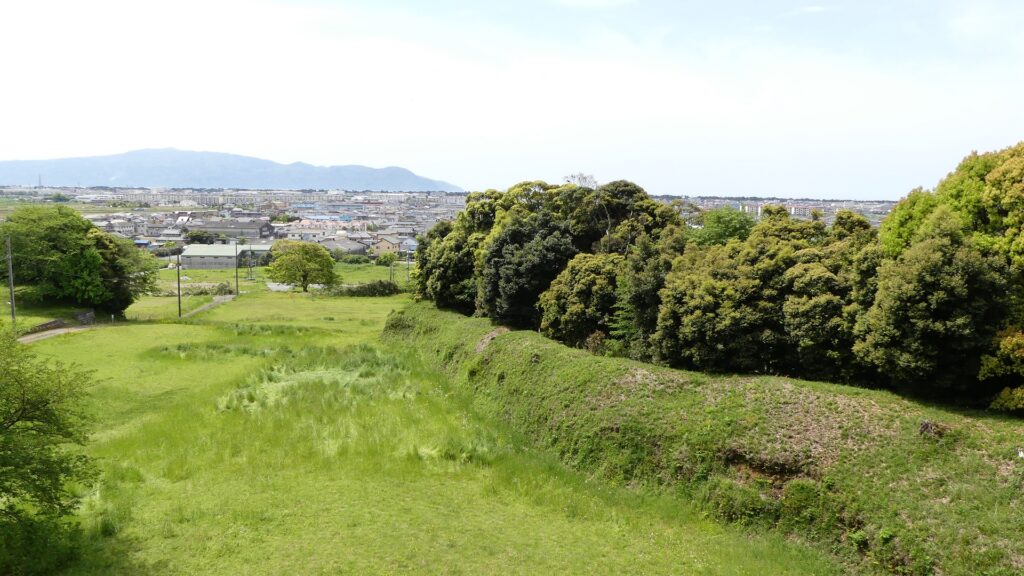
The Dry Moat of Main Enclosure and Northern Part
The large deep dry moat also remains behind the Main Enclosure. You can walk down from the top to the bottom of the moat by the steps as well. It is 18m deep where you can look up the top. You may wonder about the several earthen holes in the walls which were built as air-raid shelters during World War II. The edge of the moat leads to the side of the ruin of the castle which was part of the marshland in the past.
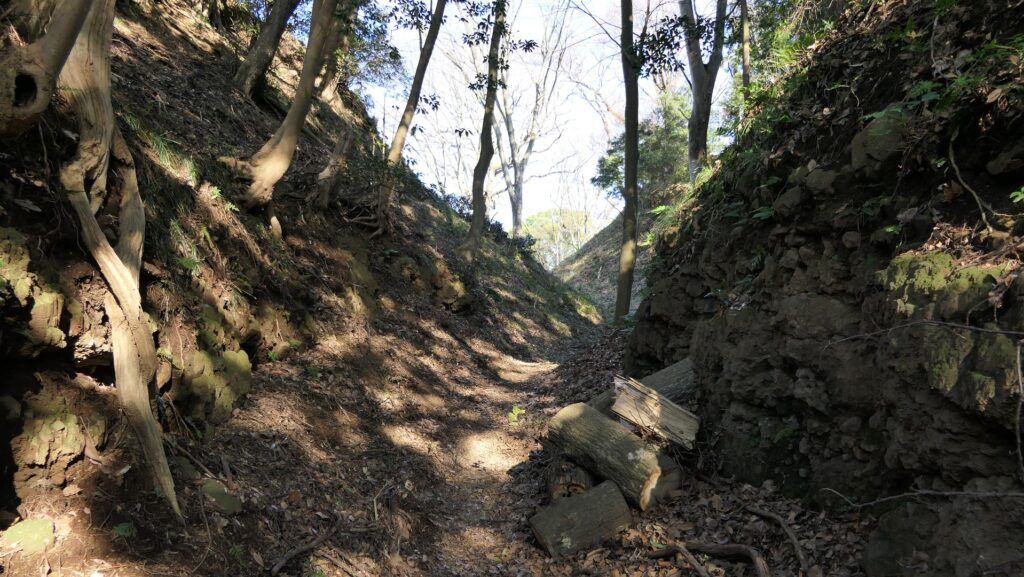
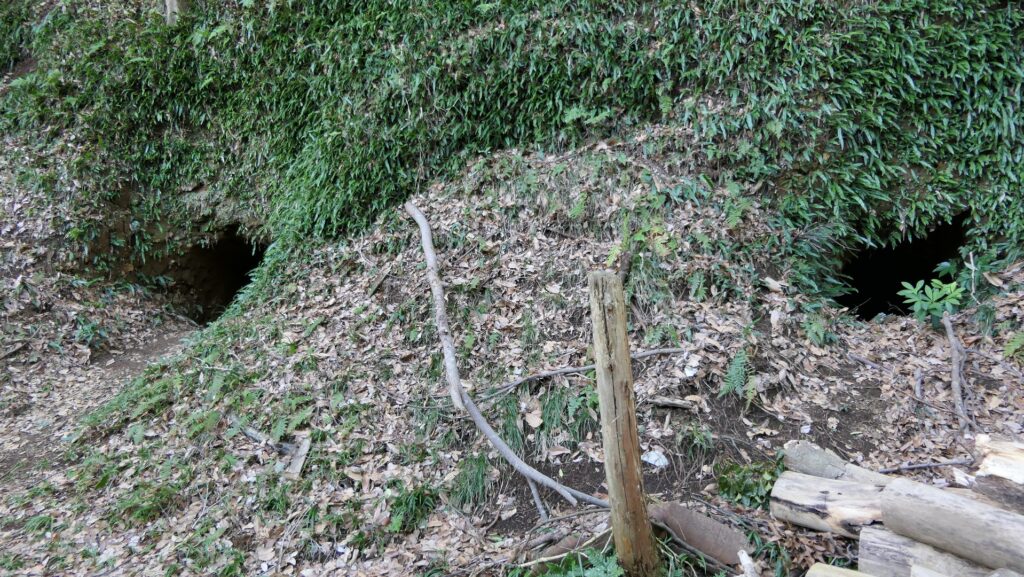
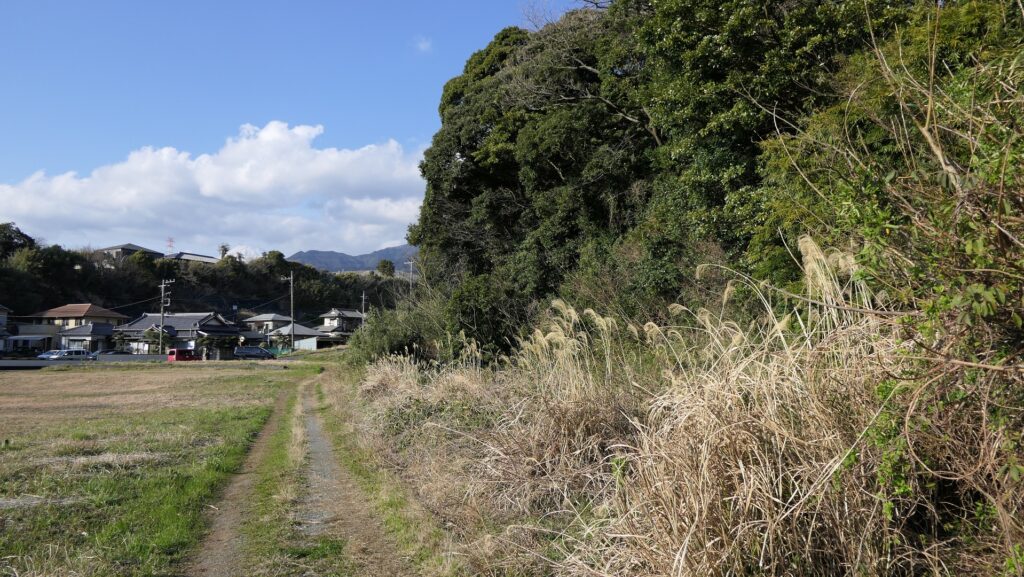
There is also the North Enclosure over the dry moat on the north. Another round-shaped moat was over there, and it was turned into the railway track of Tokaido Shinkansen Super Express. Historians speculate that the set of the round-shaped moats were built by the Takeda Clan or the Tokugawa Clan who used to build similar systems in other castles.
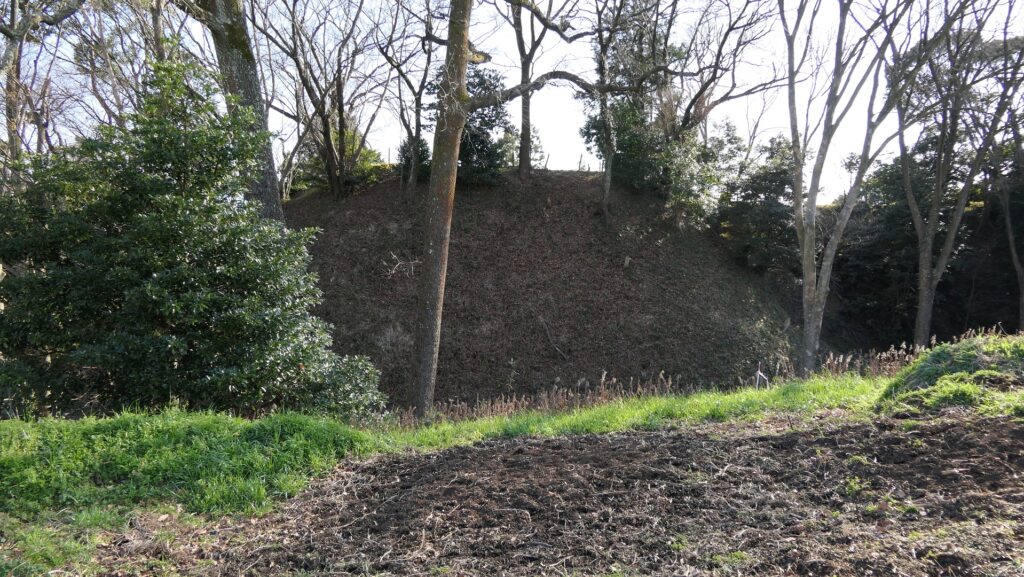
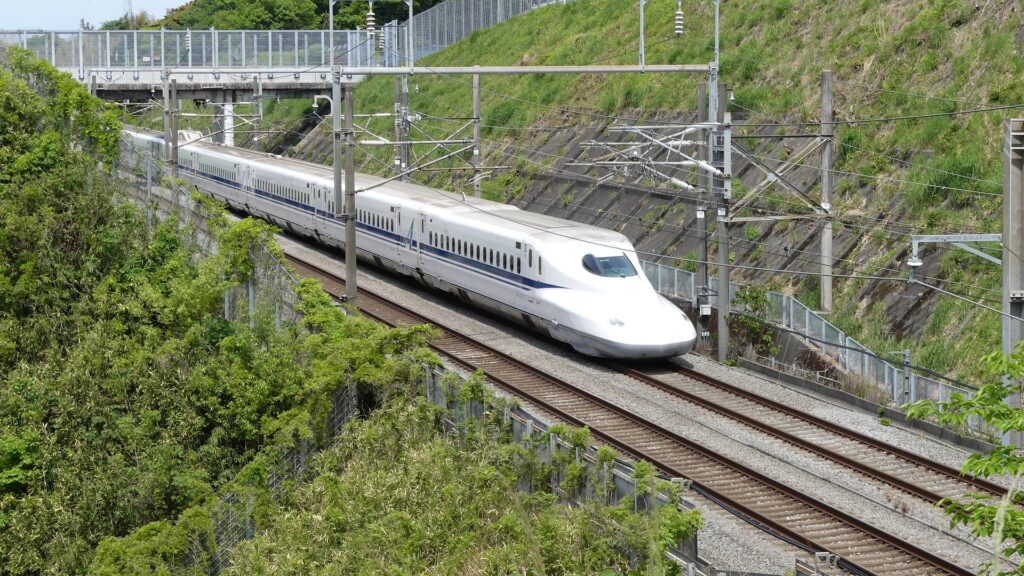
To be continued in “Kokokuji Castle Part3”
Back to “Kokokuji Castle Part1”

